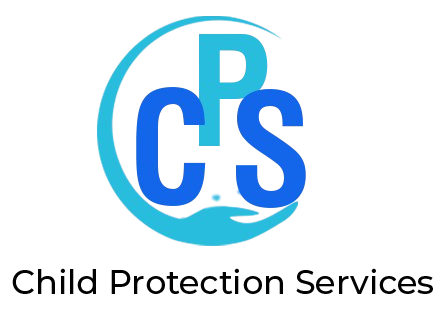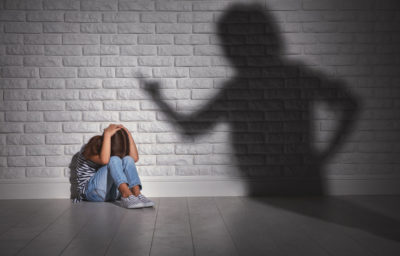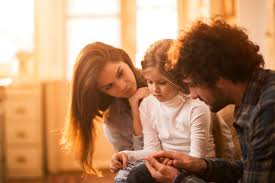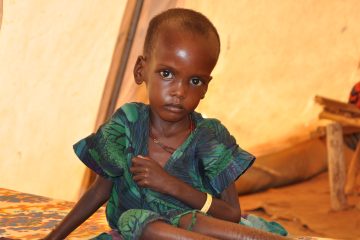Child abuse is a serious issue affecting millions of children worldwide. It’s not just an individual or family problem but a societal challenge rooted in various complex factors. By understanding why child abuse happens, we can build effective strategies to prevent it, provide support to at-risk families, and ensure every child has the chance to grow up in a safe, nurturing environment. This post explores the reasons behind child abuse, highlights its impacts, and outlines proactive ways to stop it before it starts.
What Is Child Abuse?
Child abuse includes any behavior or action by an adult—often a parent or caregiver—that causes physical, emotional, sexual harm, or neglect to a child. Abuse can take many forms and violates a child’s right to safety, security, and healthy development. Understanding why these behaviors occur is key to effectively addressing and preventing them.
The Root Causes of Child Abuse: Why It Happens
1. Cultural Norms and Societal Beliefs
In some cultures, physical punishment is seen as a traditional or acceptable way to discipline children. For many families, corporal punishment has been passed down through generations, making it feel like a normal part of parenting. However, research shows that such methods can easily cross the line into abuse, causing both physical and emotional harm. Changing these harmful norms is essential for long-term solutions.
Practical Tip: Promote community education programs that encourage positive, non-violent parenting strategies. Sharing information on alternative discipline methods can help shift perspectives and enable parents to adopt more supportive approaches.
2. Parental Stress and Mental Health Issues
Extreme stress, mental health challenges, and the absence of healthy coping mechanisms can sometimes lead parents or caregivers to abusive behavior. Conditions such as depression, anxiety, or unresolved trauma may result in physical or verbal outbursts. Additionally, financial pressures like job loss or housing insecurity can increase stress, making abuse more likely.
Example: Imagine a single parent who has recently lost a job and feels overwhelmed by the responsibility of caring for their children. Without proper support, the pressure might lead to unintended verbal or physical outbursts.
Practical Tip: Address mental health concerns by providing access to counseling and support groups for parents. Community resources can play a crucial role in helping families manage stress and improve their overall well-being.
3. Lack of Awareness and Education
Some parents and caregivers may not realize their actions are abusive because they lack education on child development and appropriate disciplinary techniques. They might believe their behavior is necessary to teach discipline, without understanding the damage it can cause to a child’s mental and physical health.
Practical Tip: Offer parenting workshops focused on child development and non-violent discipline. Sharing information about the importance of nurturing behaviors can help adults foster a positive, supportive environment for their children.
4. Power Dynamics and Control
Abuse often stems from situations where there is a significant power imbalance, such as between adults and children. Abusers may use their authority to dominate, manipulate, or intimidate children, creating a cycle of fear and control. This power dynamic makes it challenging for children to speak out or seek help.
Example: An adult who feels powerless in their own life might exert control over a child through abusive behavior, using fear and intimidation to dominate their actions.
Practical Tip: Empower children by teaching them about their rights and how to identify and report abusive behaviors. Schools and community organizations can play a critical role in making sure children have access to this vital information.
5. The Cycle of Abuse
Those who have experienced abuse as children are more likely to perpetuate similar behaviors as adults, continuing the cycle of abuse across generations. This is often referred to as the “cycle of abuse.” Without proper intervention, these patterns can repeat, leading to a continuous cycle of harm.
Example: A person who was mistreated in their childhood might grow up to use similar methods on their own children, believing it to be a normal way of dealing with behavior.
Practical Tip: Breaking this cycle requires support for those who have experienced abuse, including therapy, rehabilitation programs, and other resources that address trauma. Creating safe spaces for survivors to heal and receive guidance can prevent them from repeating these patterns.
6. Weak Legal Protections and Enforcement
In some areas, laws protecting children from abuse are either insufficient, poorly enforced, or both. When legal systems fail to deter abusive behavior or protect victims, children are left vulnerable. Additionally, gaps in the legal framework may make it difficult for children to report abuse or seek help.
Practical Tip: Advocate for stronger child protection laws and work to ensure these laws are properly enforced. Engage with local communities to support policies that uphold children’s rights, and collaborate with law enforcement and child welfare agencies to bring offenders to justice.
7. Family Dysfunction and Domestic Problems
A dysfunctional family environment characterized by domestic violence, substance abuse, or frequent conflicts increases the risk of child abuse. Children who grow up in such settings are more likely to experience neglect, physical harm, and emotional trauma.
Example: In households where substance abuse is a problem, children may face neglect or physical abuse due to the caregiver’s impaired state.
Practical Tip: Interventions aimed at creating stable family environments are essential. This may include substance abuse rehabilitation, family therapy, and support services for families struggling with domestic issues.
The Impact of Child Abuse on Children
Child abuse leaves long-lasting effects that can follow children into adulthood. The trauma from physical, emotional, or sexual abuse can affect a child’s self-esteem, ability to form healthy relationships, and performance in school. Understanding the deep-seated impact of abuse is essential for effective intervention.
Practical Tip: Create a supportive community that offers services to help children heal, such as counseling, mentoring, and recreational programs that promote healthy social interaction and self-esteem.
How to Stop Child Abuse: Proactive Solutions and Strategies
1. Raising Awareness Through Education
Creating awareness about the realities of child abuse is a vital step in prevention. Public campaigns, community workshops, and school programs can help educate adults on recognizing the signs of abuse and understanding the appropriate steps to take when they see it.
2. Strengthening Support Systems for Families
Programs that provide emotional, financial, and psychological support to families can reduce the risk of child abuse. Offering parenting classes, mental health resources, and community support groups are critical components of this approach.
3. Empowering Children Through Education
Teaching children about their rights, and ensuring they know how to speak up if something feels wrong, can help protect them from abuse. Schools, community centers, and online platforms can be utilized to educate children about safe and unsafe behaviors.
4. Improving Legal Frameworks and Enforcement
Stronger child protection laws and effective enforcement are essential to ensuring children’s safety. Legal reforms should aim to prevent abuse, protect children, and ensure appropriate consequences for offenders.
Conclusion
Child abuse is a deeply rooted issue that requires a multi-faceted approach to address. By understanding the underlying causes, we can work towards creating lasting solutions. Prevention involves a collective effort from individuals, communities, and governments to create a safe, nurturing environment where every child can thrive. Together, we can work to break the cycle of abuse and build a brighter, safer future for all children.



